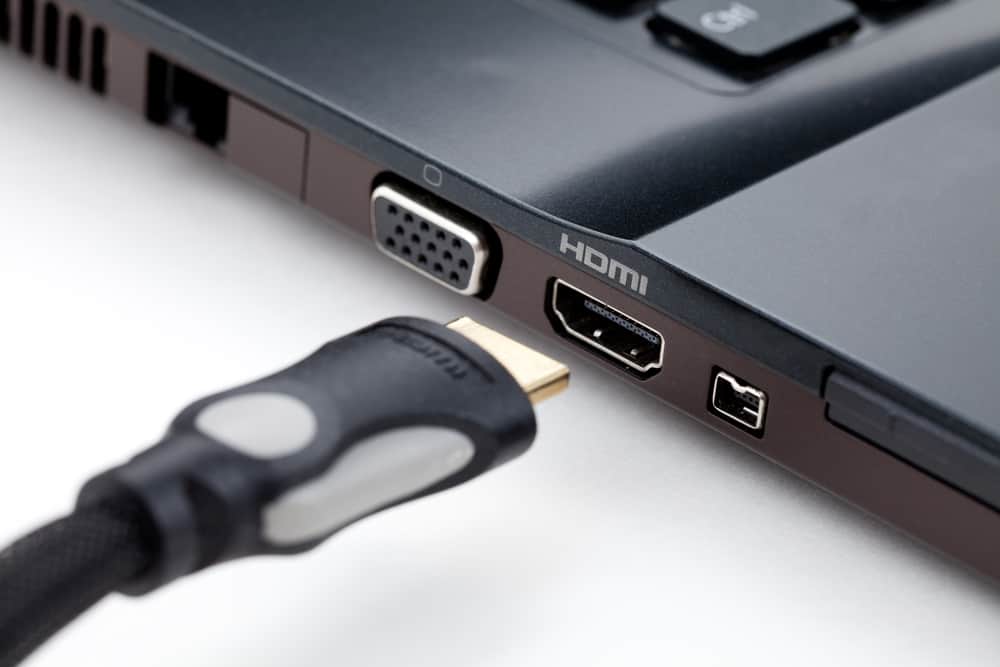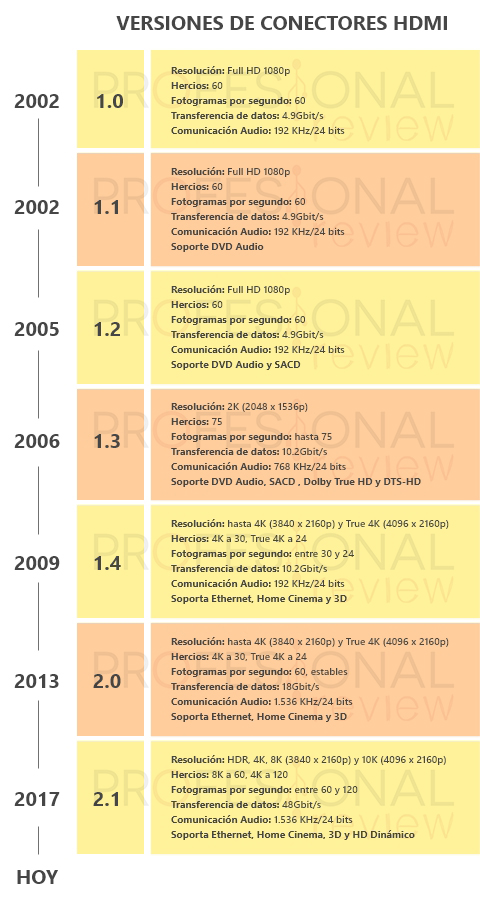Roads & PavementRoads & Pavement
Barefoot
Minimal
Low
Medium
High
Maximal
All around running shoes offer comfort and cushioning for daily runs, jogs, walks, and long mileage. They offer enough versatility for both faster and slower runs and are a great option for those who want one running shoe to do it all.
Fast run or uptempo running shoes are lightweight and responsive. They offer streamlined designs that have minimal uppers and offer a high level of energy return. These shoes are a great option for faster runs in the week or those looking for a livelier experience.
Max Cushion shoes offer premium cushioning with ample ground protection and a stable ride. These types of shoes provide abundant impact protection that softens landings while running at any pace or distance. These types of shoes are best for slower recovery runs and easy days where comfort takes priority.
Racing shoes are designed with optimal performance in mind. These types of shoes have snug-fitting uppers, energetic midsole foams, and features implemented for maximum efficiency. These types of shoes are best for runners looking to gain the ultimate advantage in races but may sacrifice some durability and comfort.
Gym Workout shoes offer a stable and versatile ride. They have a firmer underfoot feeling that provides stability for lateral movements with comfortable uppers. These types of shoes are best for trips to the gyms, cross training, casual wear, and light running. HDMI 2.1 vs. DisplayPort 2.0 An In Depth Comparison
Road running shoes feature smooth outsoles that are designed for running on paved surfaces such as roads, sidewalks, and bike paths.
Designed to handle most trail runs, these shoes prioritize comfort and a smooth ride. These shoes are great for anything from smooth singletrack, park trails, and fireroads making them ideal for those who run from their doorstep on streets before hitting the trail.
These shoes are best used for hard, rugged trails such as shale, granite or sandstone where grip on smooth surfaces and underfoot protection are important.
Designed for use in muddy, soggy conditions, these shoes feature very aggressive outsoles that dig deep into soft ground for exceptional traction.
These shoes feature technical outsoles designed to grip snowy and icy trails making them ideal for winter trail running.
Cushioning level, or stack height, refers to how much shoe is between your foot and the ground. For this category, we reference the amount of cushioning below the forefoot as the heel height will be equal to or greater than the forefoot height.
Tipos de cables HDMI cu les hay y en qu se diferencian
0-13mm. The Shoe generally does not have a midsole and feels like there is no cushioning. This shoe is all about feeling the ground underfoot.
14-18mm. The shoe has a thin midsole that allows for a natural running experience. Racing shoes and minimalist shoes are common here. These shoes offer a feeling of being connected to the road or trail.
19-23mm. The shoe has a slightly cushioned feel and may feature added cushioning technologies. Performance training shoes and some trail shoes are common here. These offer protection during footstrike but prioritize a lightweight, grounded experience.
24-28mm. These shoes have a stack height that fall near the middle of the spectrum.The shoes in this category are verstaile and great for all types of runs and distances.
29-34mm. The shoe has a thick midsole and ample cushioning. These shoes are highly protective and absorb more impact than the body.
35mm plus. The shoe has an extremely thick midsole and extra cushioning. The focus is on protection and soft foam underfoot with hardly any ground feel.
Neutral shoes support the foot through a normal range of arch collapse and generally do not have a built-in technology to correct movement.
Stability shoes are a great option for those who overpronate or need added support. These shoes help to limit the inward rolling motion of the ankle while running or walking and assist in guiding the foot straight through the gait cycle. Tipos de cables HDMI cu les hay y en qu se diferencian
Product Details:
HDMI 1.3 vs HDMI 1.4 vs HDMI 2.0 What are the differences AVLT 2025, HDMI 1.4 vs 2.0 vs 2.1 What You Need to Know 2025, HDMI 2.1 vs. 2.0 vs. 1.4 explicado simplemente Revisiones 2025, HDMI 1.4 vs 2.0 Cu les son las diferencias CELMAD 2025, HDMI 1.4 Vs 2.0 What is The Major Difference uni 2025, HDMI 2.0 vs 1.4 What s the difference Trusted Reviews 2025, HDMI 2.0 Vs HDMI 2.1 Cu l es la diferencia Actualizado 2024 2025, HDMI 1.4 vs 2.0 Understanding the Differences GEEKOM 2025, Think in Virtual Tipos de cable HDMI y sus diferencias de 2025, HDMI Caracter sticas y Diferencias entre sus Versiones 2025, No todos los conectores HDMI de tu televisor son iguales c mo 2025, Displayport 1.2 vs Displayport 1.4 ElectronicsHub 2025, DisplayPort 1.4 vs HDMI 2.1 caracter sticas y diferencias 2025, HDMI Caracter sticas y Diferencias entre sus Versiones 2025, HDMI Caracter sticas y Diferencias entre sus Versiones 2025, Tipos de cables HDMI y sus diferencias Computer Hoy 2025, When Do I Really Need HDMI 2.1 or Is HDMI 2.0 Enough BenQ US 2025, HDMI 1.0 1.2 1.3 1.4 2.0 Qu diferencias hay 2025, HDMI 1.4 vs 2.0 Cu les son las diferencias CELMAD 2025, Qu es HDMI 1.4 2.0 y 2.1 en qu se diferencian 2025, HDMI 2.0 What you need to know CNET 2025, HDMI vs DisplayPort Comparativa diferencias y ventajas 2025, Qual a diferen a entre vers es HDMI 1.3 1.4 e 2.0 Entenda a 2025, HDMI 1.4 vs. HDMI 2.0 6 Key Differences and Advantages to Upgrade 2025, HDMI 2.1 vs. 2.0 vs. 1.4 Explained Simply 2025, HDMI 1.0 1.2 1.3 1.4 2.0 Qu diferencias hay 2025, HDMI Toda la informaci n y lo que necesitas saber 2025, Tipos de cables HDMI cu les hay y en qu se diferencian 2025, Tipos de cables HDMI cu les hay y en qu se diferencian 2025, HDMI 2.1 vs. DisplayPort 2.0 An In Depth Comparison 2025, HDMI 1.4 vs 2.0 Cu les son las diferencias CELMAD 2025, HDMI 2.1 vs HDMI 2.0 2025, HDMI 2.1 vs 2.0 What s the Difference ElectronicsHub 2025, HDMI 2.1 vs 2.0 What is the Difference 2020 Update Colorfy 2025, Tipos de cables HDMI cu les hay y en qu se diferencian 2025, HDMI 2.1 low down Do you need a new cable TechHive 2025, SOLVED What Are The Differences Between HDMI 1.0 1.4 2.0 2.0a 2.0 2025, Are there different types of HDMI ports 1.4 2.0 or are these 2025, HDMI 1.4 vs. HDMI 2.0 6 Key Differences and Advantages to Upgrade 2025, Tipos de cables HDMI cu les hay y en qu se diferencian 2025, DisplayPort 1.4 vs. 1.2 What s the Difference 2025, HDMI Versions HDMI Version 1.0 to 2.1 Explained 2025, HDMI 1.4 vs 2.0 Cable Are There Any Differences Between Them 2025, Choosing between HDMI 2.0 and HDMI 1.4 in NAS What is the difference 2025, HDMI 2.1 vs 2.0 vs 1.4 What s the Difference Ankmax Official Shop 2025, Todo sobre el HDMI 1.4 2.0 2.1 4k60 Atmos y DTS X 2025, HDMI 2.1 vs 2.0 vs 1.4 What s the Difference Ankmax Official Shop 2025, HDMI 1.4 Vs 2.0 What is The Major Difference uni 2025, HDMI 1.4 vs HDMI 2.0 Explained 2025, Are there different types of HDMI ports 1.4 2.0 or are these 2025, Product Info:
Diferencia hdmi 1.4 y 2.0 2025.
- Increased inherent stability
- Smooth transitions
- All day comfort
Model Number: SKU#7391769




